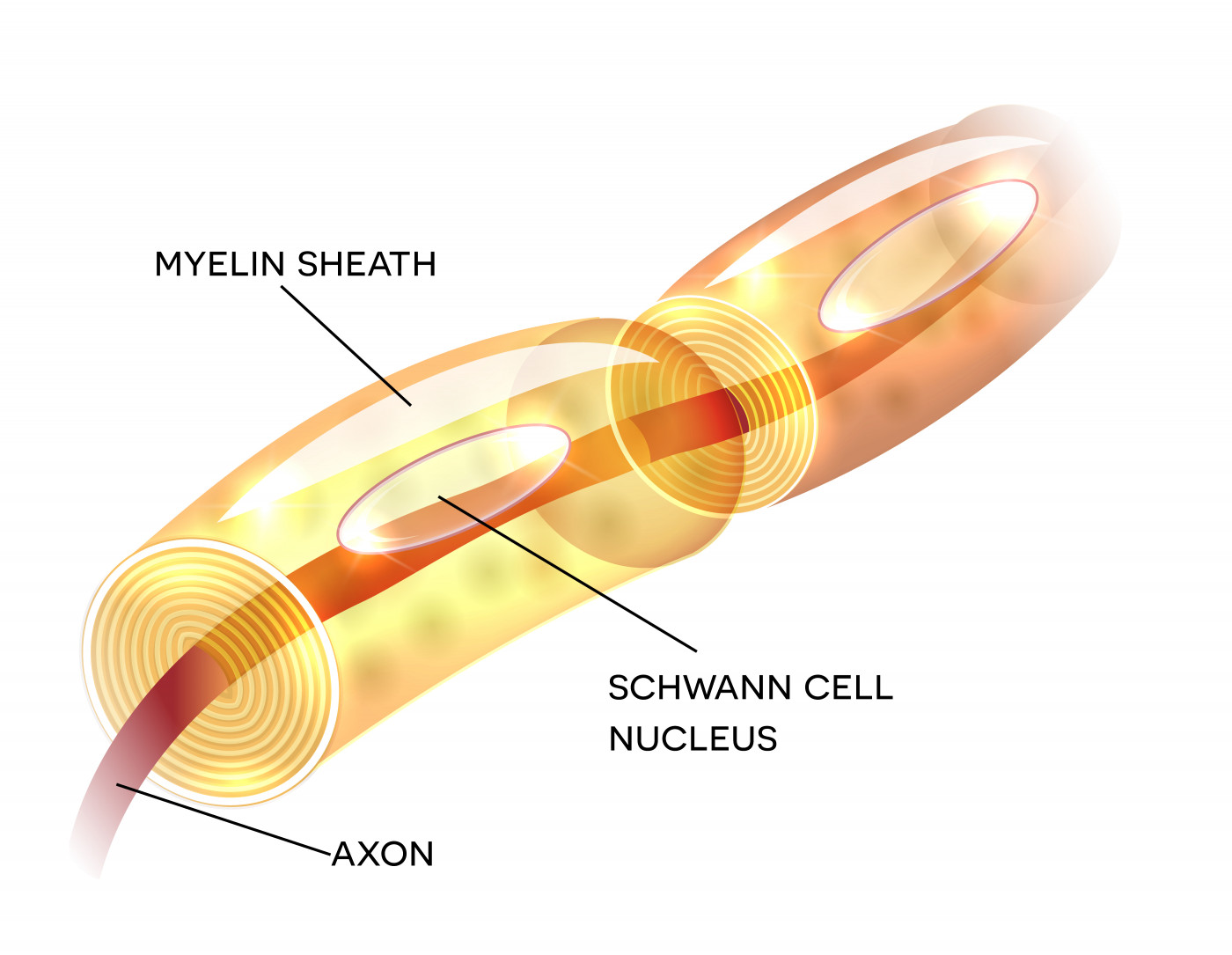Inhibiting Enzyme Can Reverse Myelin Damage, Improve Limb Function, Mouse Study Shows

Inhibiting an enzyme responsible for turning genes on and off can reverse damage to the myelin sheath that protects nerve cells, improving limb function, a multiple sclerosis-related study in mice shows.
The research, which involved mice with sciatic nerve damage rather than MS, was published in the journal Nature Medicine. Its title is “A histone deacetylase 3–dependent pathway delimits peripheral myelin growth and functional regeneration.”
Damage to the myelin sheath leads to such MS-related problems as muscle stiffness and weakness, fatigue and pain.
A team at the Cincinnati Children’s Hospital Medical Center and other researchers decided to look for compounds that could inhibit enzymes responsible for turning genes on and off.
Scientists dub the turning-on and -off process epigenetic regulation. The process does not interfere with a gene’s DNA sequence. It works by adding or removing an epigenetic mark from a DNA sequence — much like adding or removing a clothes pin .
The team tested the compounds they thought had potential in mice with injured sciatic nerves, which run from the lower back to the lower legs. Many of the compounds were approved cancer treatments.
A key finding was that compounds that can inhibit a particular epigenetic enzyme reversed the mice’s myelin damage and improved their ability to move. The enzyme, histone deacetylase 3, or HDAC3, slows myelin production when nerves are forming or after they have been injured.
The braking leads to the formation of a very thin layer of myelin or in some places no layer at all. The result is impaired communication between the peripheral nervous system and the limbs and organs. The peripheral nervous system consists of all nerves outside the brain and spinal cord.
“Remarkably, temporary inhibition of HDAC3 robustly accelerated the formation of myelin that helps insulate peripheral nerves,” Dr. Q. Richard Lu, the director of the Cincinnati Children’s Brain Tumor Center, said in a press release. “This promoted functional recovery in the animals after peripheral nerve injury,” said Lu, the study’s lead author.
Blocking HDAC3 must be precise, the researchers said. Inhibiting it for too long leads to excessive myelin growth, resulting in overly thick nerve cell insulation that can also cause functional problems.
The team timed its HDAC3 inhibitor treatment to a critical phase of nerve regeneration in the mouse model. The treatment led to just enough myelin to restore the mice’s function — but not too much.
Researchers have begun testing their findings in mouse models of other diseases caused by myelin damage, such as MS. If the results are promising, they plan to start Phase 1 clinical trials of the treatment in MS patients.






